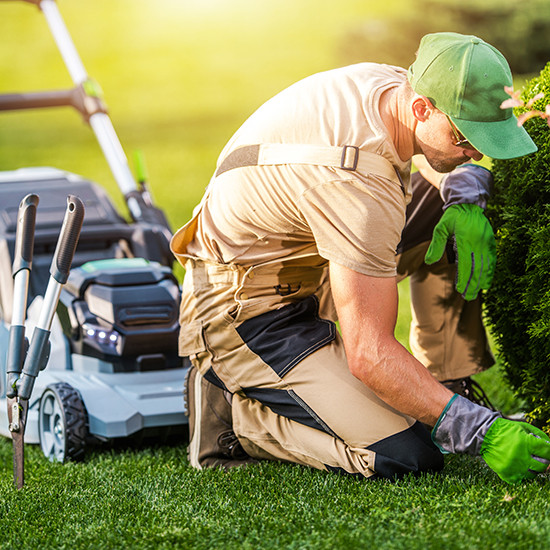How to Determine When to Stop Mowing a Lawn According to Specialized Property Care
Most garden care, like planting and watering, ends with the first fallen leaf of autumn. However, just because nature prepares for dormancy doesn’t mean all maintenance should abruptly halt. Certain aspects of a garden, like lawns, remain active well into November.
Specialized Property Care, providing leading lawn mowing services in Sioux Falls, has years of experience preparing residential and commercial landscapes according to the outdoor temperature, season, and greenery type. Below, they explain when to stop mowing a lawn according to these factors.
How Do Warm-Season and Cool-Season Grasses Differ?
Each United States region produces different grass types with unique requirements. For instance, northern states have cool-season grasses like Kentucky bluegrass and ryegrasses. Warm-season grasses like bahiagrass and bermudagrass thrive in southern states.
Warm-Season Grasses
Gardeners know when to stop mowing a lawn once it turns brown and grass growth ceases. Since warm grass types only grow in summer, they go into dormancy when the soil temperature hits 55 degrees. With warm-season grasses, stopping lawn mowing should occur when fall temperatures consistently remain below 60 degrees.
Cool-Season Grasses
Lawnmowers are more likely to run over cool-season grasses closer to the winter months than warm-season grasses. Since these grass types thrive in the moderate fall and spring climates, they’re more durable in colder temperatures. They don’t become dormant until the soil reaches 45 degrees.
Does Grass Height Matter Before the Winter Months?
Grass height also affects when to stop mowing a lawn. If a gardener thinks they’re making their final cut, but the grass grows back a few inches before going dormant, they shouldn’t ignore it. These long blades produce a breeding ground for snow mold, fungi, and pests while limiting nutrients and airflow to the ground.
Cutting the grass down to two inches is ideal. The upper blade portion produces food and overcutting limits nutrients. It’s best to cut the grass in increments.
Knowing when to stop mowing a lawn prepares it for producing new growth instantly after emerging from dormancy. However, cutting grass in increments or at all may prove tedious, confusing, and even dangerous for some gardeners.
Specialized Property Care has insured professionals who conduct all gardening services, from fertilizing and weeding to irrigation and lawn repair. If you have lawn concerns or need immediate maintenance, contact our Sioux Falls, SD team at (605) 231-5524 today!
Read this guide if you are wondering if you should use leaf mulch in your gardenleaf mulch in your garden, read this guide.































